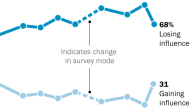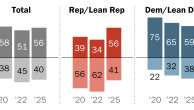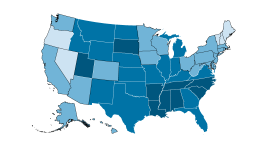
Numbers, Facts and Trends Shaping Your World
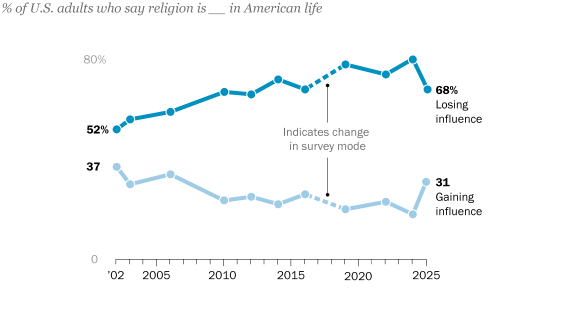
Growing Share of U.S. Adults Say Religion Is Gaining Influence in American Life
The shares of Americans expressing positive views of religion in 2024 and 2025 are up significantly from 2022 and 2019, indicating an overall shift toward more positive views about religion’s role in American life over the past five years or so.
Latest Publications
Most Popular
Politics & Policy

Republicans’ Views of Justice Department, FBI Rebound as Democrats’ Views Shift More Negative
The U.S. Postal Service, Park Service, Weather Service and NASA are viewed favorably by Republicans and Democrats, while views of ICE are deeply polarized.
Features
Internet & Technology

About 1 in 5 U.S. workers now use AI in their job, up since last year
Workers younger than 50 and workers with a bachelor’s degree or more education are among the most likely to use AI in their job.

Relatively few Americans are getting news from AI chatbots like ChatGPT
About one-in-ten U.S. adults say they get news often (2%) or sometimes (7%) from AI chatbots.

Americans have mixed feelings about AI summaries in search results
One-in-five U.S. adults say they find AI summaries in search results extremely or very useful, 52% say they’re somewhat useful, and 28% say they’re not too or not at all useful.

1 in 5 Americans now regularly get news on TikTok, up sharply from 2020
Among adults under 30, 43% say they regularly get news from TikTok, up from 9% in 2020.

42% of social media users say the sites are important for them getting involved with political, social issues
Younger adults on social media are much more likely than older users to say social media is important for finding like-minded people and getting involved.
Religion

Most Americans Don’t Believe God Played a Role in Recent Presidential Election Outcomes
Few Americans say God chooses presidential election winners because of their policies. Most U.S. Christians say that “good Christians” do not need to take a particular view on Trump.

How spiritual is your state?
Find out how adults in your state compare with other Americans on measures of spirituality, such as belief in souls, spiritual presences, an afterlife and more.

More than 8 in 10 U.S. Catholics view Pope Leo favorably
U.S. Catholics are still getting to know Pope Leo XIV. But they like what they’ve seen so far, according to our recent survey.

Many Religious ‘Nones’ Around the World Hold Spiritual Beliefs
Many religious “nones,” which include atheists and agnostics, in 22 countries hold religious or spiritual beliefs, such as in an afterlife or something beyond the natural world.
News Habits & Media

How Americans say the news they get makes them feel
Nearly half of Americans (46%) say the news they get makes them feel informed extremely often or often.

Social Media and News Fact Sheet
Many Americans use social media for news: About a fifth or more regularly get news on Facebook, YouTube, Instagram and TikTok.

More Americans get news about government and politics than about other topics
Fewer say they frequently get news about science and technology (32%), business and finance (32%), sports (27%) and entertainment (19%).

How Americans View Journalists in the Digital Age
U.S. adults largely value journalists’ role in society but see their influence declining – and they differ over what a journalist is.
Our Methods
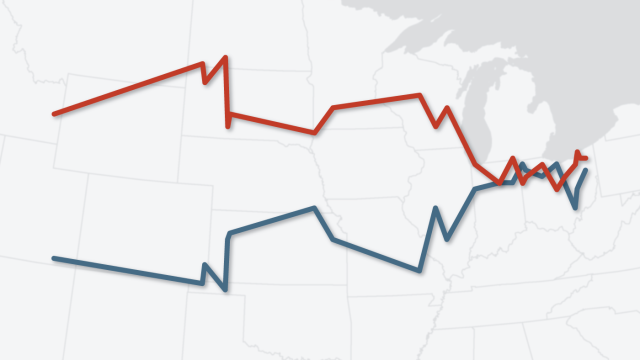
U.S. Surveys
Pew Research Center has deep roots in U.S. public opinion research. Launched as a project focused primarily on U.S. policy and politics in the early 1990s, the Center has grown over time to study a wide range of topics vital to explaining America to itself and to the world.
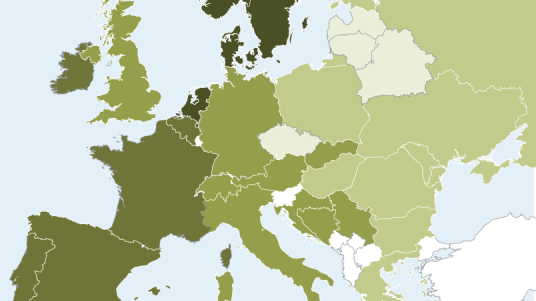
International Surveys
Pew Research Center regularly conducts public opinion surveys in countries outside the United States as part of its ongoing exploration of attitudes, values and behaviors around the globe.
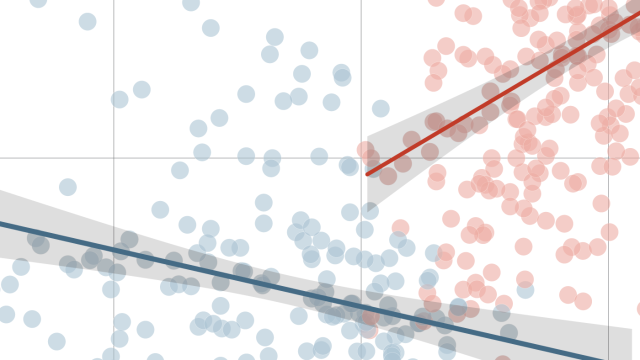
Data Science
Pew Research Center’s Data Labs uses computational methods to complement and expand on the Center’s existing research agenda.
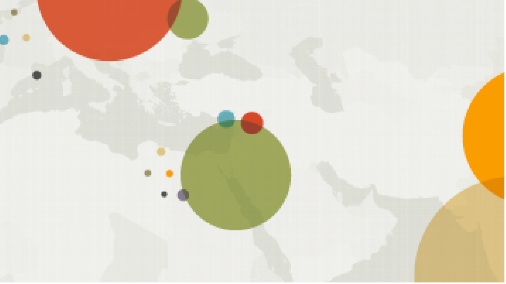
Demographic Research
Pew Research Center tracks social, demographic and economic trends, both domestically and internationally.
Our Experts
“A record 23 million Asian Americans trace their roots to more than 20 countries … and the U.S. Asian population is projected to reach 46 million by 2060.”

Neil G. Ruiz,
Head of New Research Initiatives
Methods 101 Videos

Methods 101: Random Sampling
The first video in Pew Research Center’s Methods 101 series helps explain random sampling – a concept that lies at the heart of all probability-based survey research – and why it’s important.
Signature Reports

Decline of Christianity in the U.S. Has Slowed, May Have Leveled Off
America’s News Influencers
Race and LGBTQ Issues in K-12 Schools
Representative Democracy Remains a Popular Ideal, but People Around the World Are Critical of How It’s Working
Americans’ Dismal Views of the Nation’s Politics
Measuring Religion in China
Editor’s Pick

8 facts about divorce in the United States
Navigate with a compass? Fix a car engine? What Americans say they can (and can’t) do
Americans increasingly see legal sports betting as a bad thing for society and sports
Americans view Trump, Vance and congressional leaders in both parties more negatively than positively
Same-Sex Parents Raising Kids
How the Global Religious Landscape Changed From 2010 to 2020
Immigration & Migration

U.S. Unauthorized Immigrant Population Reached a Record 14 Million in 2023
What the data says about immigrants in the U.S.
About 1 in 4 U.S. adults worry they or someone close to them could be deported
Americans Have Mixed to Negative Views of Trump Administration Immigration Actions
Trump’s executive order on birthright citizenship draws more disapproval than approval
International Affairs




